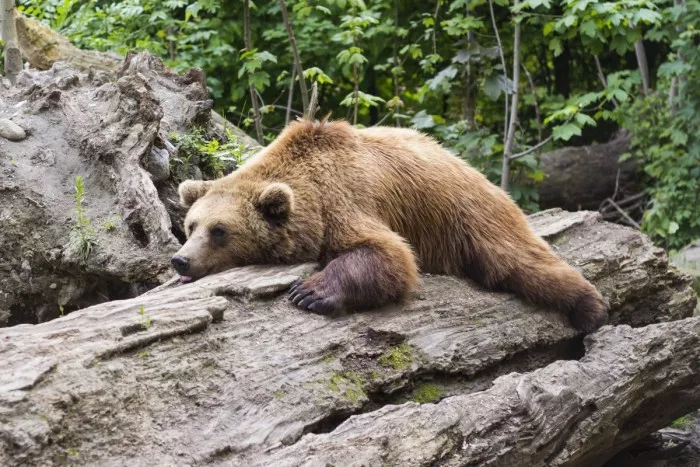For decades, low-temperature sleep has been a plot setting that has often appeared in science fiction movies and books. This is a simple way to explain how the protagonist can survive a long space flight to a distant galaxy. But NASA is now turning the myth into reality as they prepare to return to the moon and look forward to sending astronauts to Mars.

A trip to Mars is not as easy as a road trip to see grandma. It's not like jumping into a car and driving to a static destination. The distance is always the same. Travel to Mars requires more planning, because the distance between earth and Mars will change because of their orbit around the sun. Its nearest distance is 34.8 million miles, but when the two are on both sides of the sun, it may be as far as 250 million miles. On average, the two planets are about 140 million miles apart. According to NASA data, a one-way trip to Mars takes about nine months, while a round-trip trip takes about 21 months. Similarly, it's not like jumping into a car. Once there, the astronauts will need to stay for three months to align their orbits correctly and begin their return journey.
Nearly two years may not seem like a long time, but the logistical requirements for any spacecraft crew are as important as the overall health of astronauts when planning space missions.
Deep frozen sleep in deep space
If the crew stays awake throughout the mission, NASA will need to prepare two years of food and water for each crew member on the spacecraft. Putting them in a suspended animation state for most of this time will greatly reduce their food intake. In addition, it will allow the spacecraft to reduce its volume by 1 / 3, thus reducing the cargo space for storing all food. Reducing the size of the spacecraft also means reducing the amount of fuel required to reach the red planet, which in turn greatly reduces the overall cost of the mission. Simple logistical problems are the main reason for putting the crew on ice. In addition, long-term exposure to radiation and the mental health of astronauts confined in a small space are also factors in the low-temperature sleep plan.
Hypothermia works by keeping the body in a deep frozen state. According to inverse, an antifreeze used in the body replaces the water in each cell and is then cooled to minus 220 degrees Fahrenheit. Antifreeze slurry can prevent cells from turning into ice and exploding, and can keep the body suspended and stagnant no matter how long it takes. But there are some obstacles in this process, the most important of which is that it has not been improved. In addition, this process also has moral and legal constraints. For example, a person cannot be cryogenically frozen before it is declared legally dead.
Hibernating bears and lemurs may hold the secrets of space exploration

NASA has been studying how bears and lemurs hibernate, hoping to put astronauts into a similar low-temperature hibernation without all the associated risks and legal issues. Bears and humans have similar body mass. The former can close the body by reducing the core temperature, which only takes a few degrees instead of hundreds of degrees required for low-temperature freezing. According to bear researcher Heiko Jansen, their heart rate will be greatly reduced, but they will not encounter cardiovascular problems. They also do not lose any bone mineral density or muscle mass, while humans will lose a lot of muscle mass if they stay in bed for a long time. In addition, long-term exposure to weightlessness in space will also have an adverse impact on bone mineral density and muscle growth, because there is no gravity for muscles to work.
Scientists studying lemurs have found that microRNAs are switches for specific body functions. Some remain open to protect animals, while others are closed to save energy in the body. For example, some microRNAs resist muscle atrophy, while others can prevent cell growth and even death, and some can automatically switch the type of fuel used by the body.
If these genetic features can be understood and replicated, they will one day help astronauts take further risks into space.